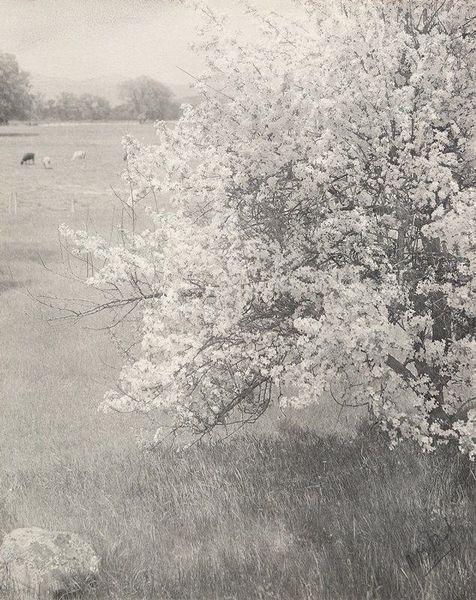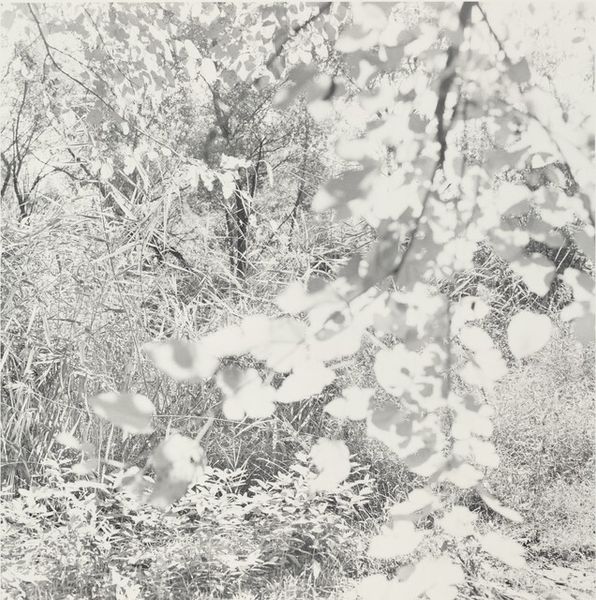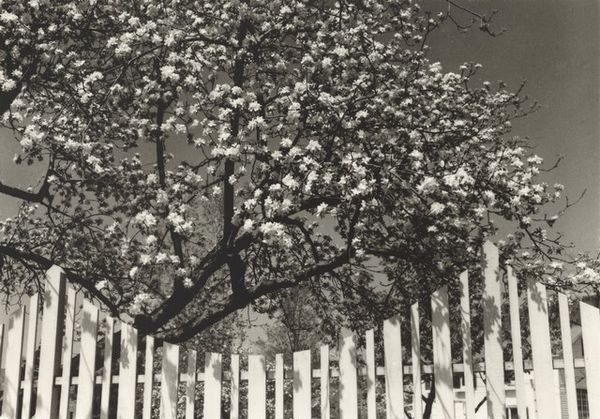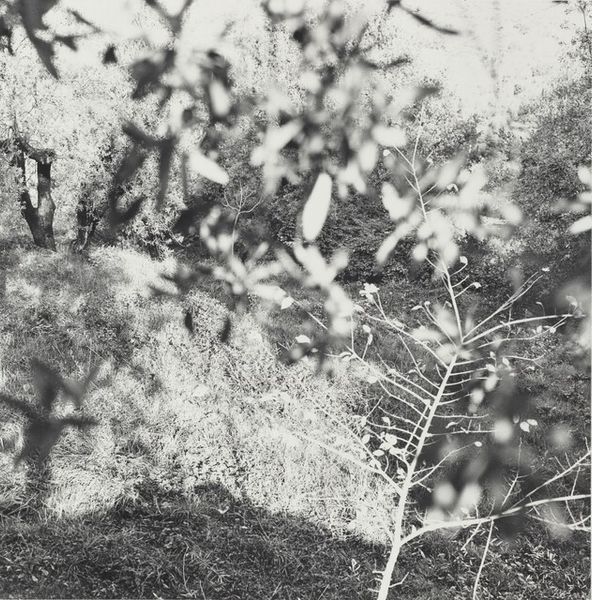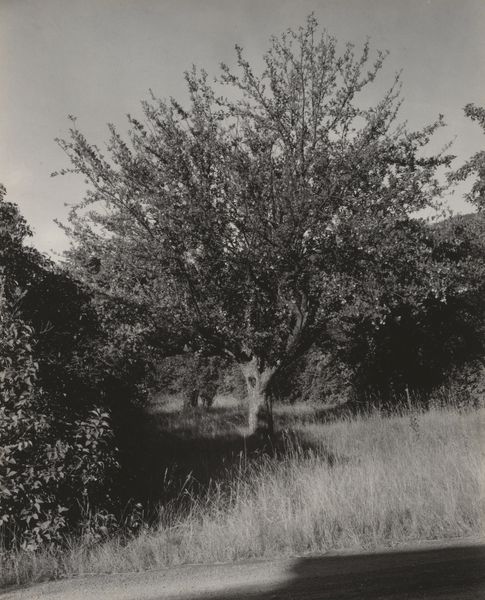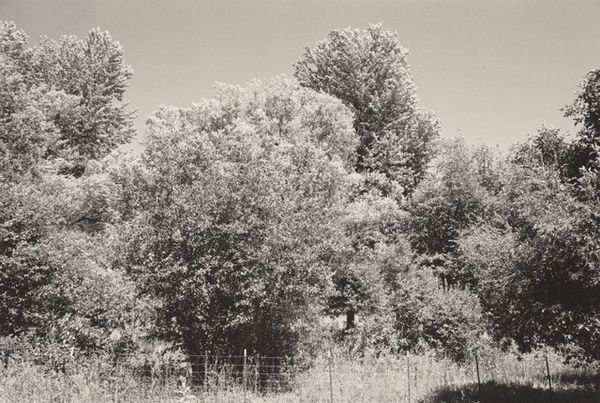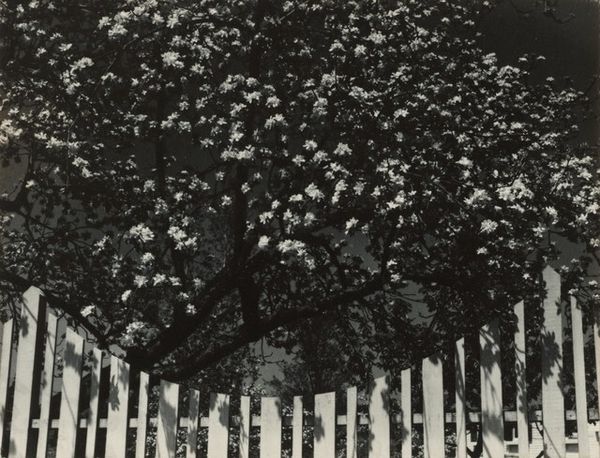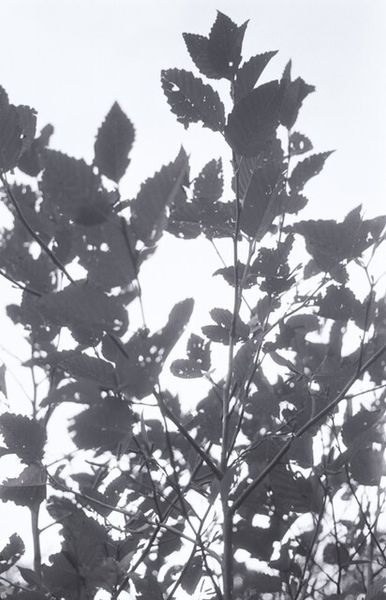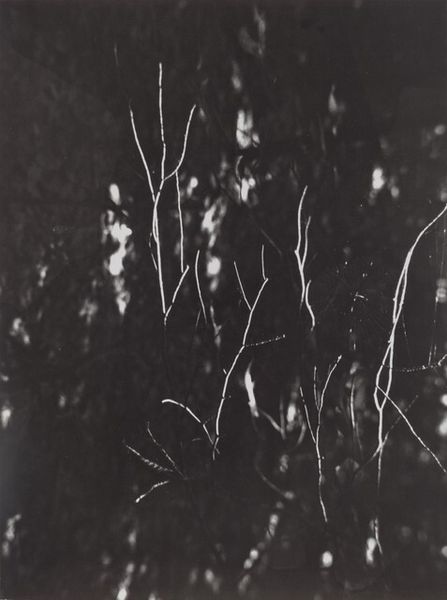![Untitled [Apple Tree in Bloom] by William B. Post](/_next/image?url=https%3A%2F%2Fd2w8kbdekdi1gv.cloudfront.net%2FeyJidWNrZXQiOiAiYXJ0ZXJhLWltYWdlcy1idWNrZXQiLCAia2V5IjogImFydHdvcmtzLzZhMDA0NTRkLTNiYmItNDkzZS04N2RmLTU5OTkzNTQzMTdiNy82YTAwNDU0ZC0zYmJiLTQ5M2UtODdkZi01OTk5MzU0MzE3YjdfZnVsbC5qcGciLCAiZWRpdHMiOiB7InJlc2l6ZSI6IHsid2lkdGgiOiAxOTIwLCAiaGVpZ2h0IjogMTkyMCwgImZpdCI6ICJpbnNpZGUifX19&w=1080&q=75)
print, plein-air, photography
#
still-life-photography
# print
#
impressionism
#
plein-air
#
landscape
#
charcoal drawing
#
figuration
#
photography
#
charcoal
#
graphite
Dimensions: 8 3/8 x 5 5/16 in. (21.27 x 13.49 cm) (image)8 3/8 x 5 5/16 in. (21.27 x 13.49 cm) (sheet)
Copyright: No Copyright - United States
Editor: We’re looking at William B. Post’s "Untitled [Apple Tree in Bloom]," likely from the late 19th or early 20th century. It’s a beautiful print – looks like a photograph, perhaps using charcoal or graphite? It has such a dreamy, soft quality. What do you see in this piece? Curator: I'm struck by the interplay of materials here. Post wasn't just capturing a scene; he was actively engaging with the photographic process and potentially adding other materials to create a unique object. Look at the way the graphite, if used, might interact with the photographic emulsion. This challenges the supposed objectivity of the photograph, emphasizing the artist's labor and manipulation in the image-making process. Editor: That's fascinating! I hadn't thought about it that way. So, the blending of media and the active "making" of the image are key? Curator: Precisely. Think about the social context. Photography in this era was still finding its place as an art form. Artists like Post were experimenting, pushing boundaries, blurring the lines between painting, drawing, and photography. The *plein-air* aspect is significant, too; how does it reflect on the labor of transporting equipment and working outside? Editor: I see what you mean! It’s not just a snapshot, but a constructed image involving process and choices about materials. Is it an emphasis on that *doing*? Curator: Absolutely! It shifts our focus from the beauty of the apple blossoms to the materiality and active role of the artist. What does it say about art, nature, and their connection through manual practice and manipulation? Editor: This has given me a completely new way to look at this photograph. Thanks! Curator: My pleasure! I’ve gained a better appreciation too. It is interesting to consider artistic intentions when mixing media of the late 19th and early 20th century.
Comments
No comments
Be the first to comment and join the conversation on the ultimate creative platform.
